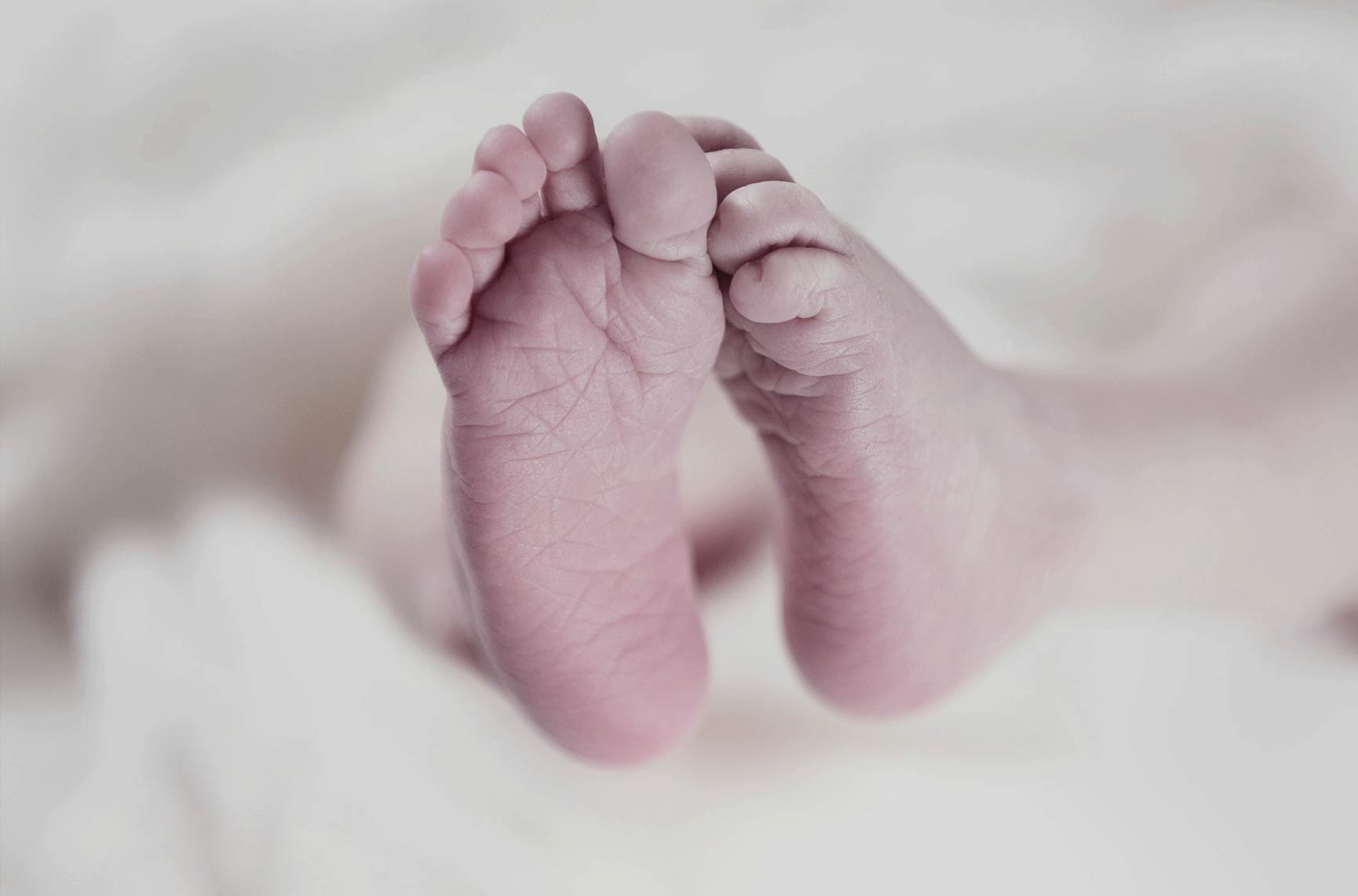
30 Aug What Are the Most Common Stillbirth Causes?
Source: VeryWell Family (Author: Krissi Danielsson)
Giving birth to a stillborn baby is a fear of many pregnant women. When it does happen, it’s natural to want to understand what caused the stillbirth. Unfortunately, sometimes doctors don’t have an answer to this question. One study found that in approximately one-quarter of stillbirths, there is no known probable or possible cause.
Stillbirth causes tend to shift depending on gestational age, and unexplained stillbirth is more common late in pregnancy. Review the most common causes that can cause pregnancy loss after 20 weeks.
Chromosomal Abnormalities and Birth Defects in Stillbirths
Just as chromosomal abnormalities cause the majority of miscarriages, certain chromosomal problems and birth defects can increase the risk that a baby will be stillborn. According to the March of Dimes, birth defects are a factor in about 14 percent of stillbirths.Chromosomal abnormalities are usually determined at conception, but birth defects can be caused by environmental influences during pregnancy. For example, low levels of folic acid—an important nutrient found in fortified grains and leafy green vegetables—can increase the risk of having a baby affected by neural tube defects such as anencephaly, which is incompatible with life.
Intrauterine Growth Restriction
Intrauterine growth restriction (IUGR) is a condition in which the baby is significantly smaller than expected for the number of weeks of pregnancy. In severe cases, this condition can cause stillbirth or increased risk of newborn loss, perhaps due to the baby not getting enough oxygen or other important nutrients.
The mother’s health conditions and lifestyle can also increase the risk of intrauterine growth restriction, and doctors screen for these problems during prenatal care. Some specific risk factors are preeclampsia, pregnancy-induced high blood pressure, and smoking in pregnancy.
As part of standard prenatal care, doctors closely monitor a baby’s growth so they have the best chance to intervene if a baby seems to be at risk.
Placental Abruption and Other Obstetric Complications
Placental abruption is a condition in which the placenta suddenly separates from the wall of the uterus during pregnancy while the baby is still in the womb.
This can happen because of maternal health conditions, trauma to the abdomen in later pregnancy, or birth defects in the mother’s uterus. Certain lifestyle factors, such as smoking or substance abuse, can also increase the risk.
Symptoms of placental abruption include abdominal pain, contractions, and vaginal bleeding. Any woman worried about the condition should see a doctor immediately.
Other obstetric complications, such as multiple gestations and preterm birth, are also factors in some stillbirths.
Infections
Certain bacterial and viral infections, including sexually transmitted diseases (STD), in a pregnancy, can increase the risk of stillbirth. Infections are a factor in 10 to 25 percent of stillbirths.
Umbilical Cord Accidents
Cord accidents during pregnancy, such as a tight knot in the cord or the cord becoming too tightly wrapped around the baby’s neck, are rare. However, according to the March of Dimes, random cord accidents play a role in about 10 percent of stillbirths.
Other Stillbirth Causes
Many other factors can cause a stillbirth, although these cases are rarer. Here are three examples:
- Abdominal trauma. Accidents in later pregnancy, such as a car accident or falling down stairs, can cause a stillbirth.
- Pregnancies far past their due date. Studies also show that pregnancies past 42 weeks gestation are at increased risk for stillbirth, perhaps due to the placenta losing its ability to support the baby. Doctors usually recommend inducing labor in these pregnancies for this reason.
- Maternal medical problems: Clotting disorders and certain autoimmune conditions like lupus can be the cause of stillbirth.

